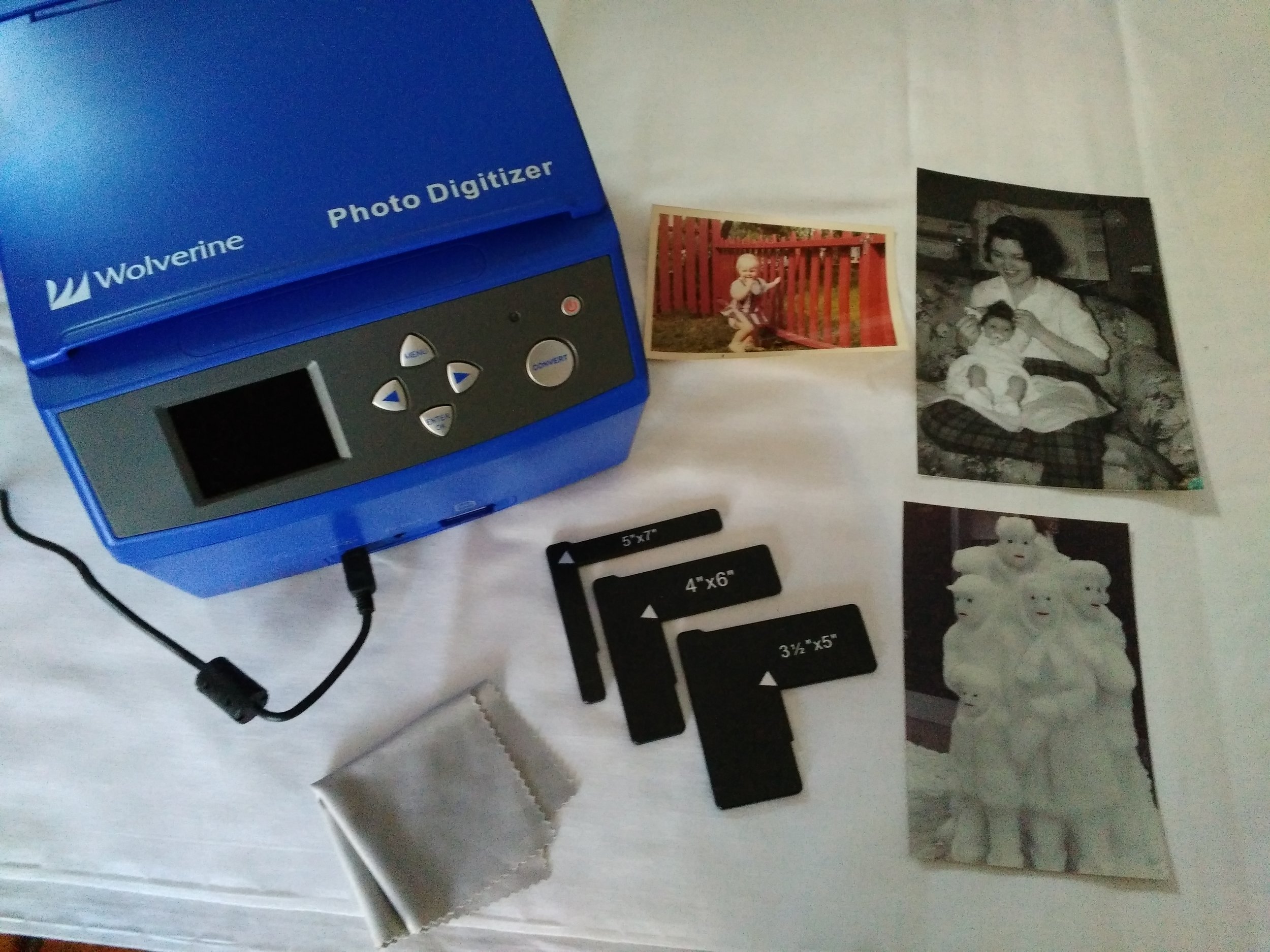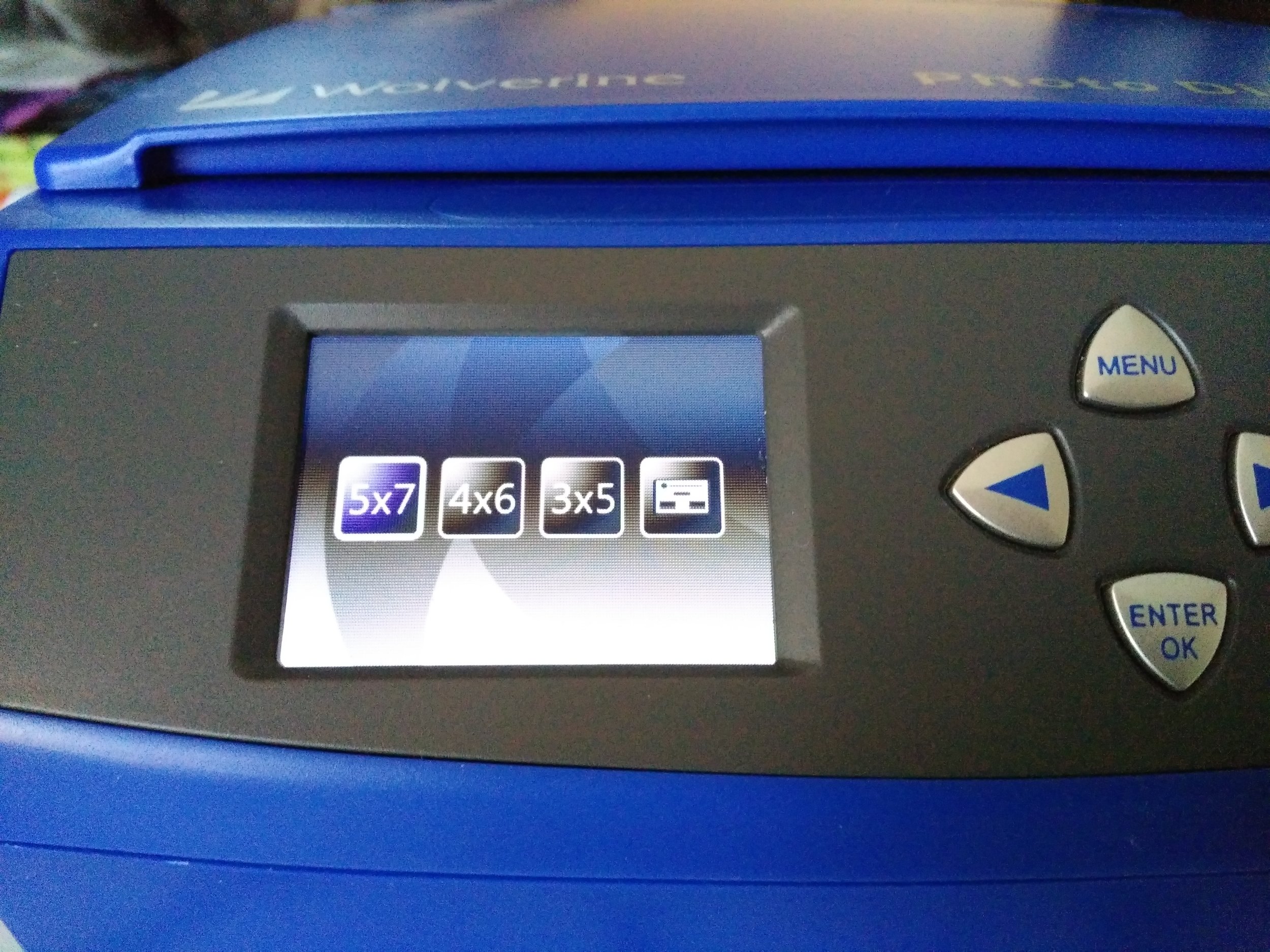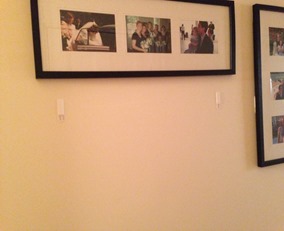Here's the second post in my Preserving Treasures series…I'm pleased to have our guest blogger, Gabriela Burgman, a trained archivist and professional organizer, back to share her tips for preserving special photos.
In the summer of 1999, I had the wonderful opportunity to work in the photograph archives at the San Diego Historical Society. My duties included describing, dating, and preserving postcards and photograph collections gathered from businesses and families that had lived in San Diego for the past 100 years.
As I handled hundreds of unidentified images and photos that were disintegrating from poor storage, I realized that we, as archivists, needed to teach the public about organizing their photos so that when we received them as donations several generations in the future, their value would not be lost. So I am here today to give you a quick lesson on photo preservation.
Why are photos so sensitive? Print photographs are made up of many layers that come together to form the image. Since photos are more complicated than pieces of paper, they tend to need a little more TLC if you want them to last more than a few years.
Preserving Photos
There are three main things to think about if you want your photos to be around to show the grandkids (especially the really embarrassing photos of their parents).
1. Treat your photos like a living thing. Photos are sensitive to heat, light, humidity, and even air pollution. All of these things can fade, warp, scratch, melt, and disintegrate your photos.
So how do you keep them in good health? Store them in conditions that humans like to hang out in: low humidity, steady in temperature (a bit on the cool side), absent of rodents and insects, and in an atmosphere low in pollution - no smoke, no cleaning solvents, and no paints or varnishes (this includes newly painted rooms or furniture).
Some basic Do’s and Don'ts:
- Do keep photos out of direct sunlight and away from unprotected fluorescent lighting.
- Do keep the area where you store your photos clean.
If you ever want to see a demo of what can happen to your treasured objects depending on what room you store them in, visit the Image Permanence Institute website.
2. Store your photos like prized possessions. Now that I've impressed upon you how delicate photos are, let me show you great ways to preserve and organize your images.
First, some important Don’ts:
- Don’t think that papers, albums, envelopes, and adhesives labeled “archival” or “acid-free” are automatically safe for your photos. The Northeast Document Conservation Center explained it best: “There are [no] scientific standards defining the term archival-quality enclosures, and this term in catalogs can be misleading…Boxes, mats, folders, and other paper enclosures for preservation use at home should be low-lignin or lignin-free, and buffered throughout.”
- (Find a thorough explanation of terms like “buffered” and “lignin” from the Northeast Document Conservation Center here; scroll down to “Storage Enclosures.”)
- Don’t stuff your photos tightly into drawers, files, envelopes, or plastic containers. When you compact the images they have a greater chance of sticking to each other.
- But don't go to the extreme and store your photos too loosely in an oversized container. When you do that, they tend to slump, curl, or even bend from being jostled around.
Now for what you’ve been waiting for: how DO you store photos? There are two levels of “armor” to consider:
1) Paper or plastic? Ideally, photos are stored in either a paper envelope or a plastic enclosure. Deciding which one to use will depend on how many times you will look at the photo, the state of the print (is the emulsion flaking off?) and how big the photograph is.
- Look for enclosures noted to be “PAT.” This means they’ve passed the Photographic Activity Test (PAT) and will not react with your photos.
- Store photographs larger than an 8x10 horizontally in special folders.
- The same rules pretty much apply to your negatives. You can store them in plastic unless they are larger than 4 x 5 or are nitrate negatives. Then you need to store the negatives in paper envelopes.
- If you prefer to put your photos directly in albums, make sure the pages are also made of the appropriate plastic and that any paper used is non-acidic. Do not use albums with "magnetic" pages, black paper pages, or ones made with vinyl.
2) Box or album? After your photos and negatives are in their proper first enclosures, now you can do one of two things: store them in boxes or put them in albums.
- Boxes: Try to store your photos vertically, supported within the box so they don’t slouch over. Make sure the box is the appropriate size; use shoe boxes for 3x5 or 4x6 photographs, and document boxes for folders. Your oversized prints should be put into flat boxes and stored horizontally (never vertically).
- Albums: If you chose to put your photographs in albums, make sure to buy both the inserts and covers from reputable dealers.
- If you decide to save your photographs in the form of scrapbooks, I highly suggest you visit the Scrapbook Preservation Society to find out how you can preserve all the hard work you’ve put into making these family heirlooms.
I recognize that you can’t put your entire photograph collection into museum preservation order. At minimum, you really should group photos together in small stacks (say 36) and put into buffered folders or envelopes (as shown in this kit sold by Light Impressions).
3. Handle photos with care. Whenever you are going to sort, view, or handle your photographs, make sure that you are first working in a clean, uncluttered area, and have clean hands. (If you are sitting down to do a large project with treasured photos, you might want to even wear clean, white cotton gloves.)
If you are going to try to label your photos, do not use ink or felt-tip pens. You can either write lightly using a soft lead pencil or purchase a special blue photo marking pencil.
I hope you find it useful to preserve your most special photos for years to come!
Gabriela Burgman, owner of Claiming Space, holds a BA from Mount Holyoke College and a Masters Degree in Information Science from the University of Michigan. She has worked in colleges and universities for six years as an archivist and a records manager, assisting academic offices, administrators, and retiring academics sort through their files for preservation or disposal.












